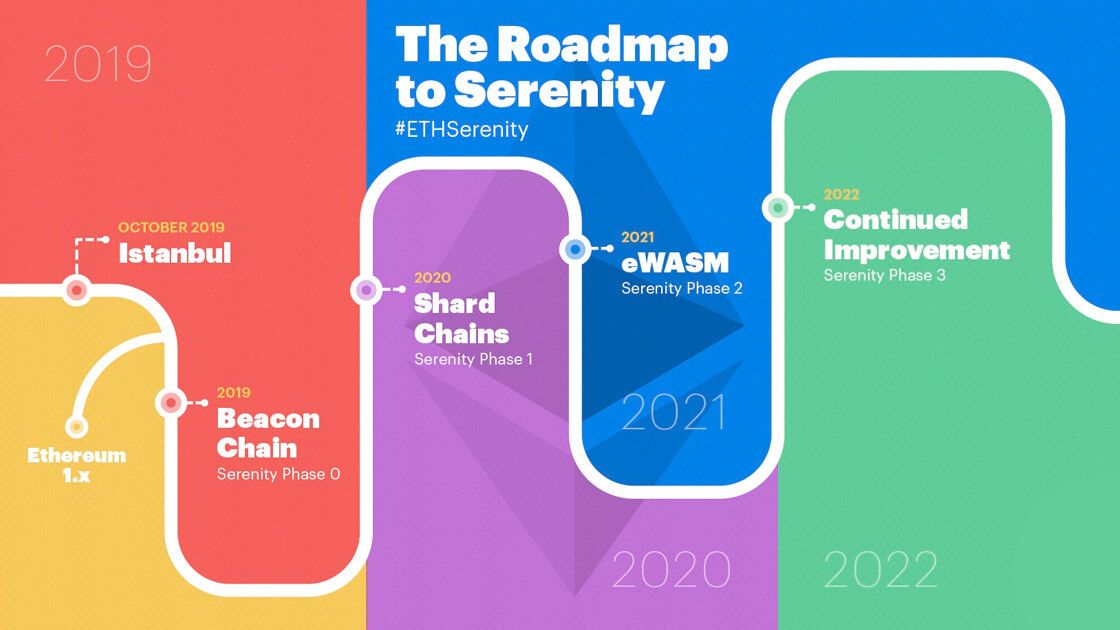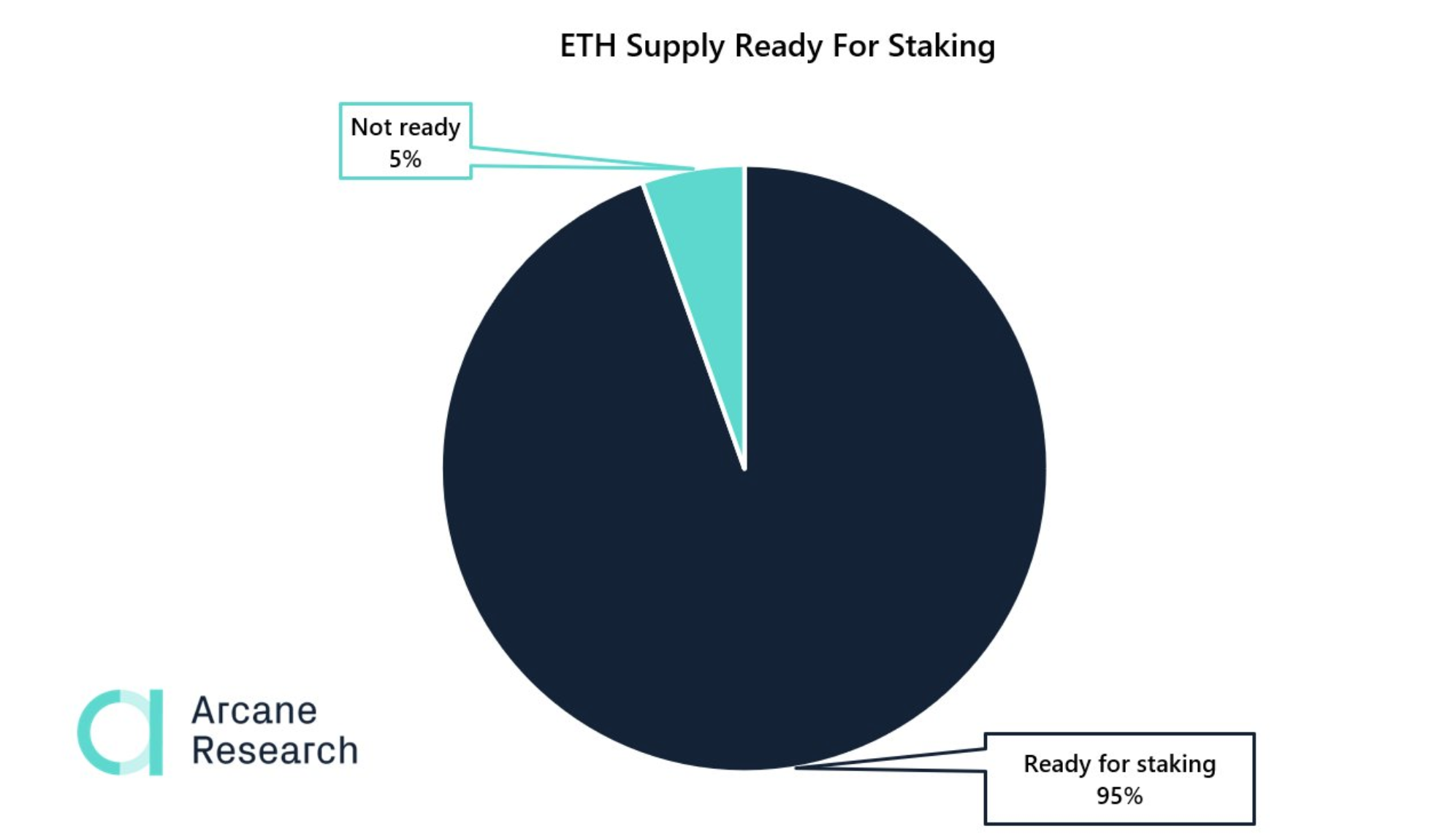An independent research paper explores the in-depth economics behind Ethereum 2.0. The study hails from Tanner Hoban and Thomas Borgers, both members of the corporate development team at ConsenSys.
During the 100 pages of the report, the authors dissect the incentive model for the future Ethereum network. They also point out some potential security risks as the network makes the big switch from mining to staking. What are the potential risks of this transition? And how will it affect the cryptocurrency space?
The Long Hard Road To Serenity
After years in the making, Ethereum 2.0 is still not here. The loudly-announced ‘Serenity’ transition from Proof-of-Work (PoW) to Proof-of-Stake (PoS) is taking some time to come to life. Originally planned to start implementation as early as 2017, developers keep delaying the launch.

The Economic Model Review
The study points out that the security of a PoS Ethereum network will depend upon the amount of ETH staked, the price of ETH, and its volatility. The minimum amount of Ether needed to become a validator is 32, which qualifies most of the current holders. At the time of writing, there are over 120,000 addresses holding 32 or more Ether.

Ethereum Security Concerns
There are two main concerns exposed in the study. One is that it will be relatively easier to scale an attack on Ethereum 2.0 than it is on the current network. This is a consequence of moving to a less-intensive validating system. Proof-of-Work networks like Bitcoin or Ethereum 1.0 are secure because they are very resource-intensive. You need a lot of computing power to attack Bitcoin, and the ability to convince other nodes to join in on your attack.
“The Ethereum ecosystem is rapidly evolving and so is Ether as an asset class, with options volume increasing and unique financial instruments like “flash loans” being used in malicious exploits. With this momentum, derivatives could become the favored avenue of attack for adversaries.”
Better Safe Than Sorry
Some investors, and speculators, argue that the continuous delays are damaging Ethereum’s reputation, as well as providing valuable time for competitors like EOS or Polkadot to grow. These dissident voices might be overlooking the gigantic size of the project, though. After all, Ethereum’s original value proposition is to become “the world’s supercomputer”. The Serenity upgrade is arguably the most ambitious update in the history of cryptocurrency. There are literally hundreds of developers working on it. Thousands of projects and billions of dollars depend on a better and safer Ethereum network. Addressing the concerns exposed in this economic model review is fundamental for Ethereum’s future. If these issues require further delays in the Serenity timeline, that may be a fair price to pay. Maybe, just maybe, the whole of the crypto space depends upon on it.
Top crypto platforms in the US
Disclaimer
In adherence to the Trust Project guidelines, BeInCrypto is committed to unbiased, transparent reporting. This news article aims to provide accurate, timely information. However, readers are advised to verify facts independently and consult with a professional before making any decisions based on this content. Please note that our Terms and Conditions, Privacy Policy, and Disclaimers have been updated.
Tony Toro
Tony has worked for several financial companies in London during the last seven years, gaining experience in traditional finances and trading. Passionate about direct democracy, digital rights and privacy, he has been involved with cryptocurrency since 2013.
Tony has worked for several financial companies in London during the last seven years, gaining experience in traditional finances and trading. Passionate about direct democracy, digital rights and privacy, he has been involved with cryptocurrency since 2013.
READ FULL BIO
Sponsored
Sponsored
